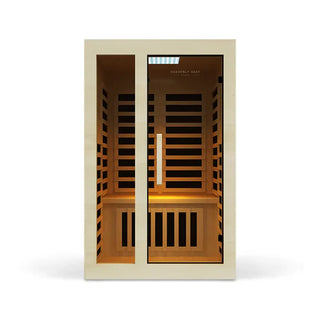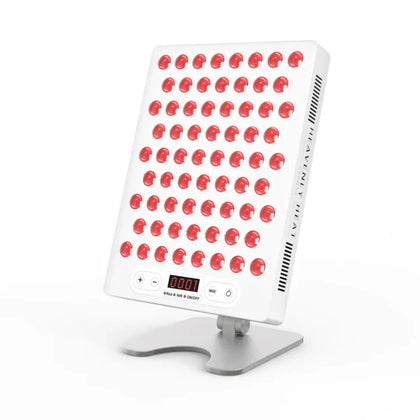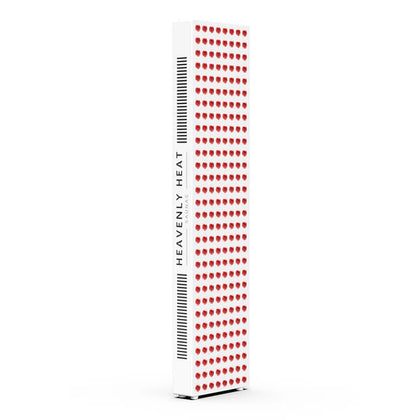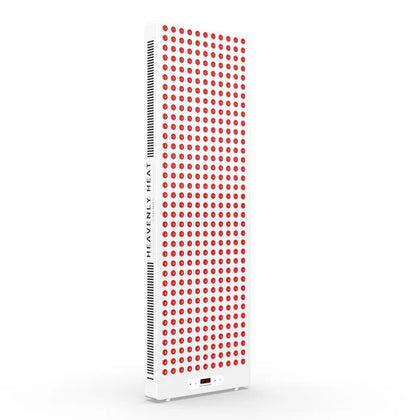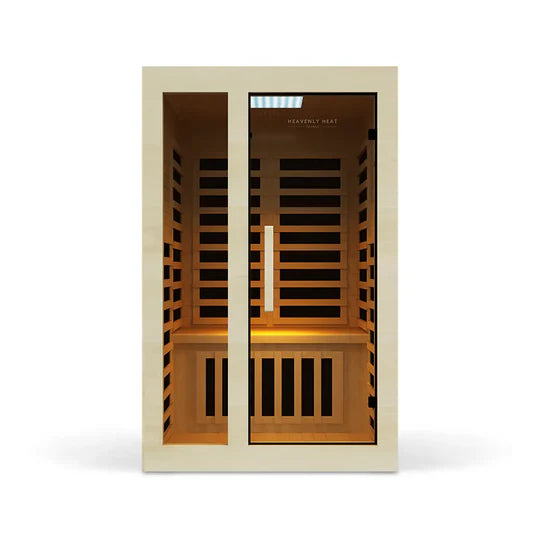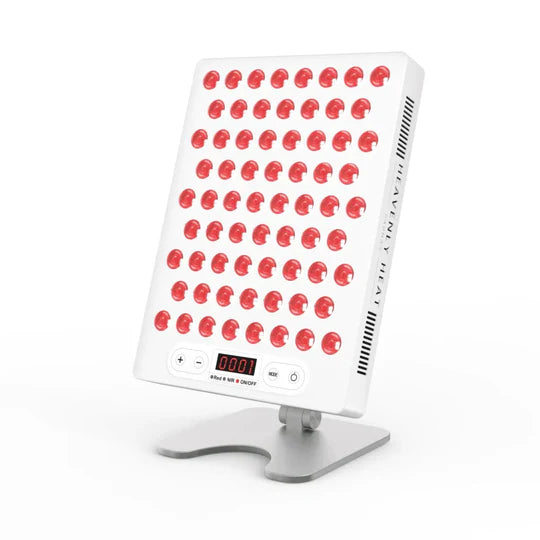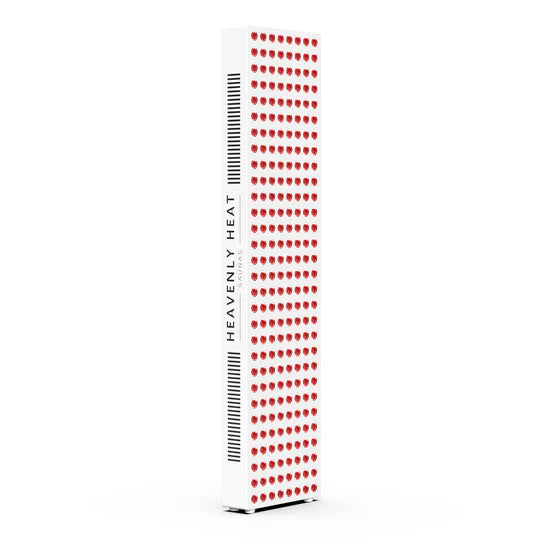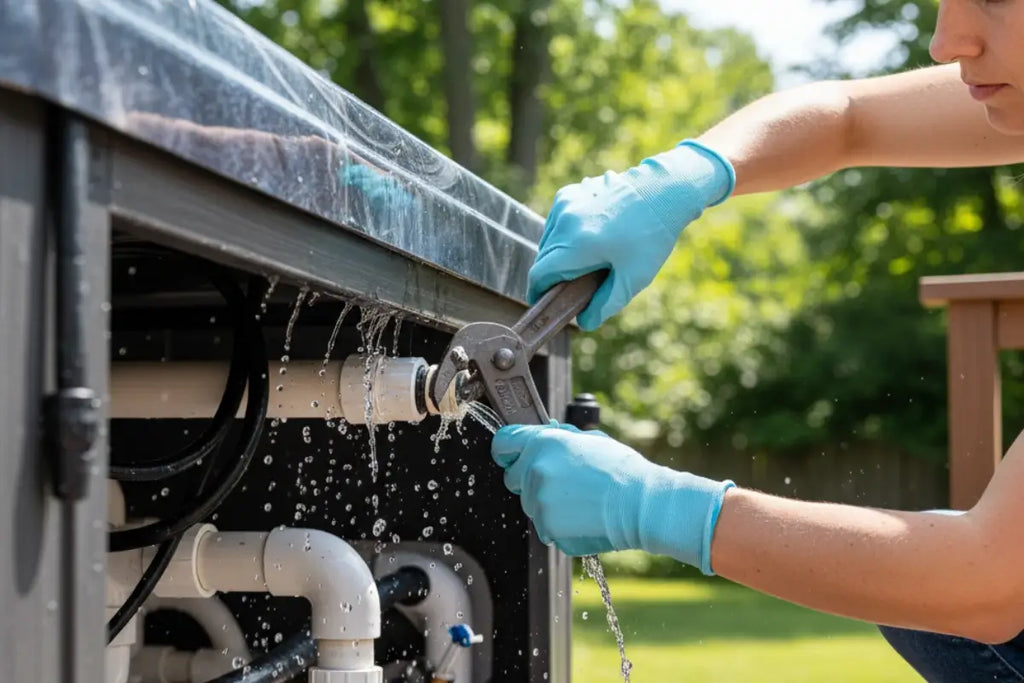5 Easy Ways to Insulate a Hot Tub for Efficiency
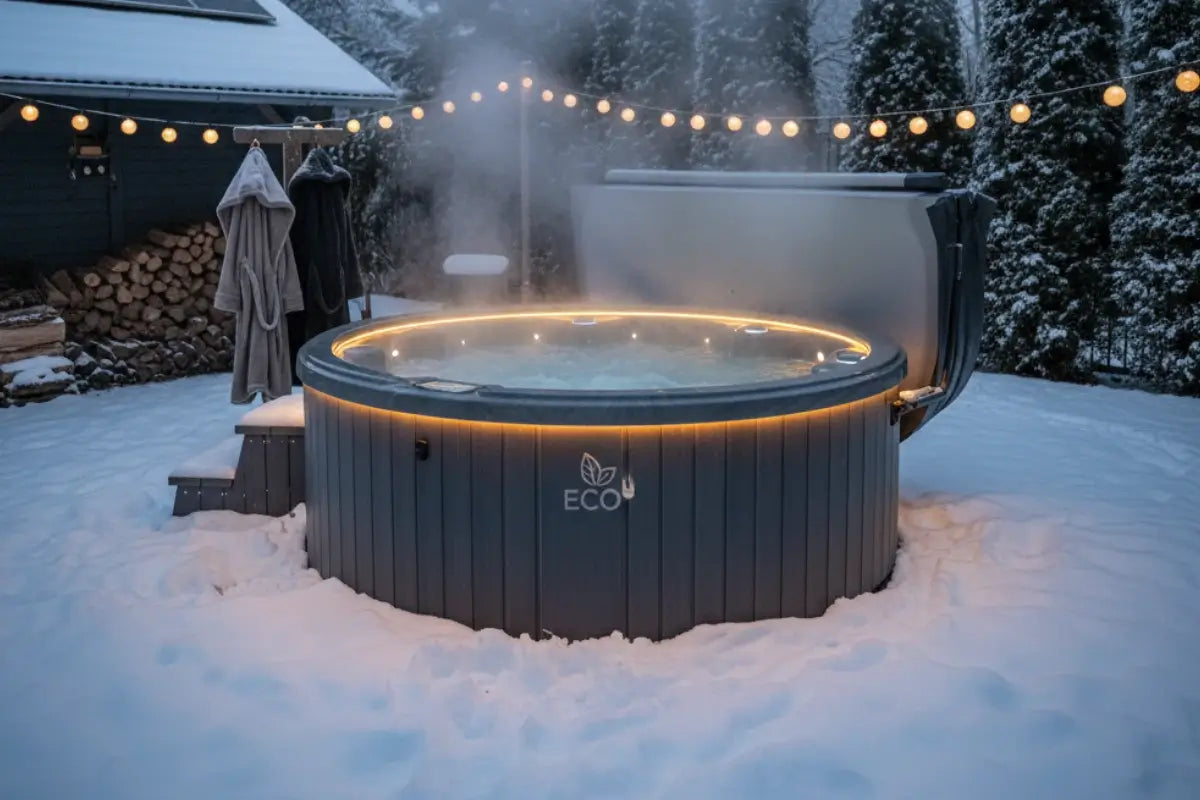
Enjoying a hot tub feels amazing, but heating it can drain energy and money fast. The good news? Small changes can keep your water warm longer and lower bills.
From covers to insulation, smart upgrades make a huge difference. Read on to discover five easy ways to make your hot tub cozy, efficient, and cost-friendly.
Key Takeaways
Use a Quality Hot Tub Cover: A tight, insulated cover can reduce heat loss by up to 75% and protect your water and chemicals.
Insulate the Cabinet: Foam board or spray foam keeps water warmer longer and can cut energy use by up to 40%.
Add a Thermal Blanket: Placing a floating blanket under the cover prevents up to 95% of evaporative heat loss.
Wrap Your Tub with Insulation: High-density foam or specialized wraps reduce side and bottom heat loss, saving energy and maintaining water temperature.
Upgrade to Modern Insulation Panels: High-R-value panels improve heat retention, lower bills, and pay for themselves over time.
5 Easy Ways to Insulate a Hot Tub for Efficiency
Add a High-Quality Hot Tub Cover
One of the easiest and most effective ways to improve your hot tub’s energy efficiency is by using a high-quality cover.
Without a cover, up to 60% of heat can escape through the water’s surface, mostly due to evaporation, which carries warmth away with the rising steam.
A well-insulated, tight-fitting cover acts as a barrier, locking in heat and reducing evaporation significantly.
In fact, using a proper cover can cut energy use by up to 75%, saving you money and reducing strain on your hot tub’s heater.
Look for covers with high R-value ratings, the higher the R-value, the better the heat retention. Durable covers made with high-density foam and strong seals not only help retain heat but also protect against debris and water loss, preserving both heat and chemical balance.
If your current cover is waterlogged, torn, or doesn’t seal well, it may be time for a replacement. A good cover isn’t just an accessory, it’s an essential tool for keeping your hot tub efficient and enjoyable.

Use Foam Board or Spray Foam Around the Cabinet
Insulating your hot tub’s cabinet with foam board or spray foam is one of the simplest ways to boost energy efficiency and cut costs.
While most heat loss, about 60–80% comes from the water’s surface, especially if the cover is poor or missing, the cabinet still plays a role.
Heat escapes through the walls via conduction, and without insulation, the heater works harder and runs more often.
Spray foam is especially effective, with an R-value of around 5.5 per inch, higher than most rigid boards.
It seals gaps, blocks air leaks, and helps maintain water temperature longer. Experts and manufacturers often recommend full-foam insulation, as it reduces heat loss, lowers daily energy use, and even helps prevent pipe damage.
In fact, studies show that well-insulated hot tubs can use up to 40% less energy, saving money over time and reducing carbon emissions.
Whether you're upgrading an old spa or buying a new one, insulating the cabinet is a smart, cost-effective move that pays off in comfort and lower bills.
Install a Thermal Blanket Under the Cover
One of the easiest and most effective ways to boost your hot tub’s energy efficiency is by adding a thermal blanket under the main cover.
Without it, a surprising amount of heat, often up to 70%, can escape through evaporation, even with the cover on.
Installing a thermal blanket is simple: just unroll it onto the water’s surface and trim it to fit if needed.
This floating layer acts as a powerful barrier, reducing heat loss through seams and preventing moisture from escaping.
Studies show thermal blankets can cut evaporative heat loss by as much as 95%, while energy savings can reach up to 60% when combined with a good cover.
In colder or windier climates, the savings are even greater. Experts and manufacturers alike recommend using a thermal blanket as a smart, low-cost upgrade that not only lowers heating bills but also helps maintain a consistent water temperature.
Plus, it protects your main cover from excess wear, extending its life. For minimal effort, this small step delivers big results.

Wrap the Hot Tub with Insulating Materials
Wrapping your hot tub with high-quality insulation can dramatically boost its efficiency by reducing heat loss through the sides and bottom.
Studies featured in Thermal Engineering reveal that properly retrofitted insulation can cut energy use by up to 55%, especially when tailored to real-life heating habits.
The most effective materials include full-foam systems like high-density polyurethane and multi-density foam, which completely fill the cabinet, trap heat, and even protect plumbing.
Another standout is FiberCor®, a soft, wool-like insulation that’s easier to repair and just as thermally effective.
Pairing these materials with a thick, snug-fitting hot tub cover, your main defense against heat loss, can reduce energy consumption by up to 75%.
Over a 24-hour period, a well-insulated tub might only lose a few degrees without the heater running, while an uninsulated one could cool rapidly.
Simply put, better insulation means warmer water, less energy waste, and lower bills, all while extending the life of your spa. Investing in insulation isn’t just smart, it pays off in comfort and cost savings.
Upgrade to Energy-Efficient Insulation Panels
Modern energy-efficient insulation panels can dramatically improve your hot tub’s performance, reducing heat loss by 25–40% or more.
Compared to traditional materials, advanced options like full-foam or dual-walled systems offer superior thermal retention, lower energy bills, and better long-term durability.
In fact, case studies show that upgrading insulation can slash monthly operating costs by up to 66%, depending on climate, usage, and the tub’s original setup.
Homeowners also report annual savings of over $100 just from better insulation alone. High-R-value panels further enhance performance, often delivering 10–20% energy savings and even more when combined with air sealing.
Over time, these upgrades can pay for themselves in just a few years. Additionally, features like insulated covers, floating blankets, and sealed bases help lock in heat and protect your investment.
Whether you’re buying a new hot tub or upgrading an old one, investing in modern insulation is a smart, eco-friendly move that improves comfort, performance, and long-term value.
Why Insulating a Hot Tub Matters?
Proper insulation can make a huge difference in how efficiently your hot tub uses energy. A well-insulated hot tub can reduce energy consumption by 30-40% compared to poorly insulated models, often paying for itself within just a few years.
Without insulation, heat escapes quickly through the sides, base, and especially the water’s surface, causing your heater to work overtime.
In fact, a non-insulated hot tub might lose its heat entirely within 24 hours, while a well-insulated one only drops by 4 to 8 degrees Fahrenheit in the same time.
Good insulation, combined with a quality cover, slows heat loss and lowers monthly electricity bills.
Over time, investing in insulation not only saves money but also makes your hot tub easier to maintain and more enjoyable year-round.
FAQ
Can I insulate my hot tub myself?
Yes, you can insulate your hot tub yourself using methods like adding a high-quality cover, installing a thermal blanket, or applying foam board or spray foam around the cabinet. Wrapping the tub with insulation or upgrading to energy-efficient panels further reduces heat loss. DIY insulation improves energy efficiency, lowers heating costs, maintains water temperature, protects equipment, and extends the life of your hot tub, making it a cost-effective upgrade.
Does insulating a hot tub reduce electric bills?
Insulating a hot tub reduces electric bills by retaining heat, lowering heater use, and minimizing energy waste. Look for full-foam insulation, a quality cover, and Energy Star ratings. Benefits include lower energy costs, longer equipment life, and quieter operation, improving both efficiency and user experience.
Is aftermarket hot tub insulation worth it?
Aftermarket hot tub insulation is worth it, as it improves energy efficiency, lowers heating costs, extends heater and pump life, supports structural integrity to prevent leaks, enhances heat retention, and reduces long-term expenses. High-quality, full-coverage foam insulation with proper ventilation offers the best results.
How much does it cost to insulate a hot tub?
Insulating a hot tub costs from under $20 for a thermal blanket to around $354 for batten insulation DIY, while professional full foam insulation can exceed $1,500. Full foam reduces heat loss but complicates leak repairs, and layered insulation offers a mid-range option.




